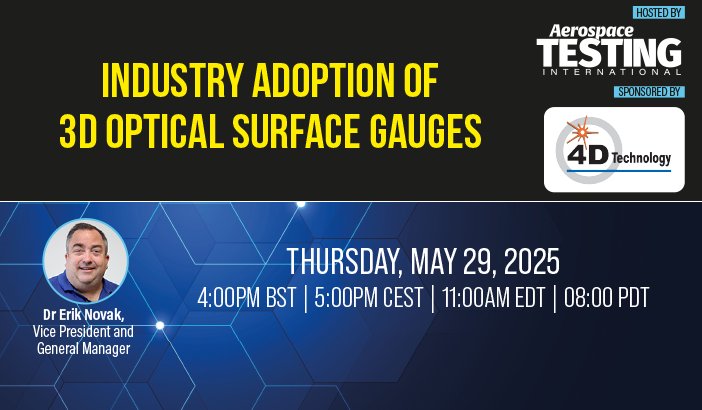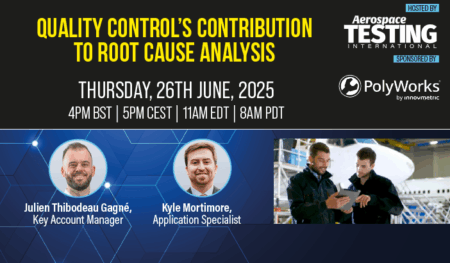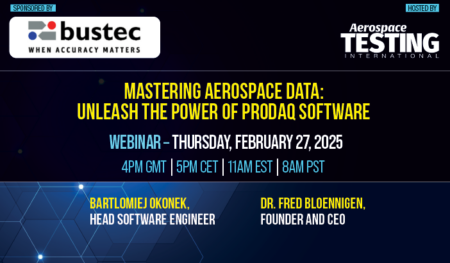Aircraft and aerospace components have numerous critical specifications that require precise measurements to ensure performance and longevity. Shape variations and roughness deviations can significantly impact power, efficiency, and fuel consumption. In the field, aviation hardware faces extreme conditions, so quickly identifying damage to critical components is essential to improving fleet readiness and repair turnaround times. Traditionally, 3D optical measurements were limited to lab environments due to extreme sensitivity to vibration. However, 4D Technology’s novel technology enables 3D optical measurements to now be made right on the shop floor – no matter how extreme the environment.
This exclusive webinar demonstrates how to qualify and quantify your inspection callouts, defects, geometries of interest, and surface roughness in seconds with portable 3D optical surface gauges and roughness testers – whether it’s on the production floor, or in the field. It will then highlight how the integration of 4D optical sensors with robots are emerging as a transformative approach to dramatically increase yields, improve labor utilization, and improve turnaround times.
You’ll learn how to beat the most time-consuming inspection challenges:
- Blade edges and chamfers, pits, scratches, dings, corrosion
- Surface finish near corners and edges
- Hard-to-reach geometries, insides and outsides of cylinders
- Components prior to disassembly
And improve your operations:
- Increase measurement throughput and accuracy
- Reduce scrap and rework
- Improve quality and reliability
- Eliminate operator variability
4D Technology’s optical gauges support engine models from all major OEMs including Pratt & Whitney, CFG International, General Electric, Rolls-Royce, International Aero Engines AG, and others.
Join this webinar to learn more about why leading aviation engine manufactures and MROs are adopting 3D optical surface gauges into their operations.
Delegates will learn:
- The benefits of 3D optical gauges over traditional 2D technologies for measuring defects and feature geometries
- How to measure hard-to-reach geometries on complex parts
- The benefit of automating 3D optical gauges through examples
- How to improve labor utilization
When
Presenters





 Ben Sampson
Ben Sampson

